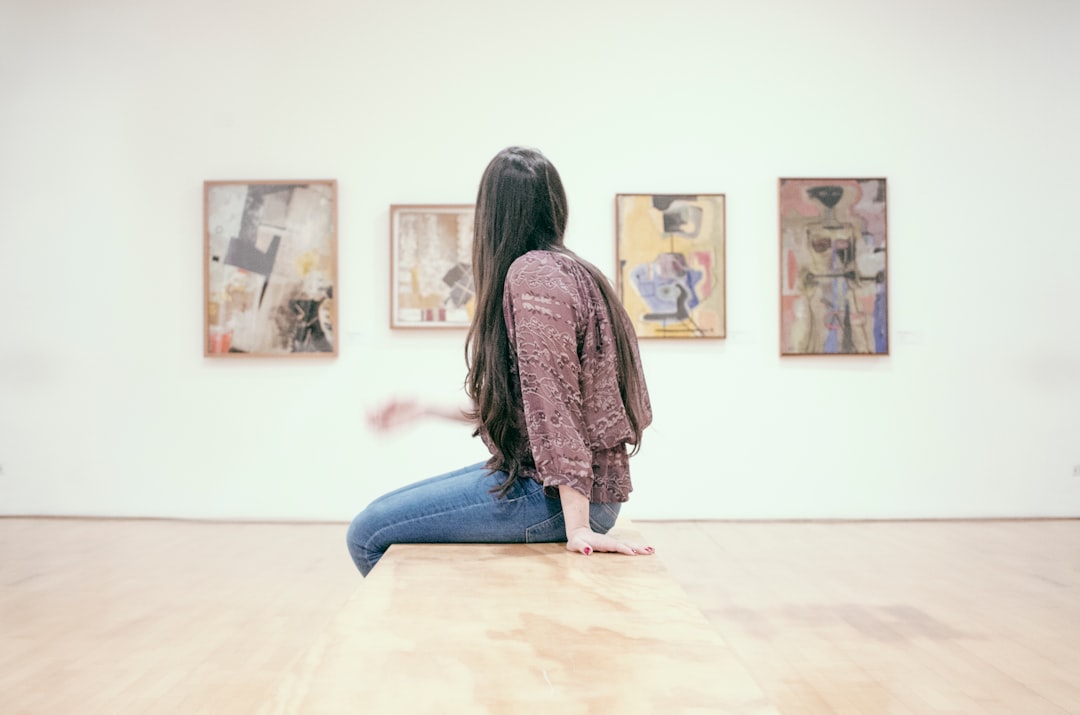What is it about?
This article considers how authenticity is perceived by curators at three historic house museums (HHMs) in the West of Scotland. Historic House Museums are usually preserved so as to recreate the homes of remarkable historical personalities (artists, writers, politicians and the like). They display a mix of period pieces, replicas, and original objects once belonging to their inhabitants. This study explores how these authentic museum objects are displayed and interpreted for the public, and what is the approach of curators to their authenticity. The article also considers how (or, if) historic house museums help visitors to understand the inauthenticity of replicas and period objects. The three case studies are the Robert Burns Birthplace Museum and Cottage (Alloway), Broughton House (Kirkcudbright), and Ellisland Farm (Auldgirth).
Featured Image

Photo by Martin Péchy on Unsplash
Why is it important?
While most studies have analysed authenticity at tourism sites and in relation to consumers’ behavior, this work focuses on how museum professionals consider authenticity within the lesser-known context of historic house museums. This is still an under-researched topic with little representation in published literature.
Read the Original
This page is a summary of: Constructions of Authenticity at Scottish Historic House Museums, Collections A Journal for Museum and Archives Professionals, February 2020, SAGE Publications,
DOI: 10.1177/1550190620903310.
You can read the full text:
Contributors
The following have contributed to this page










